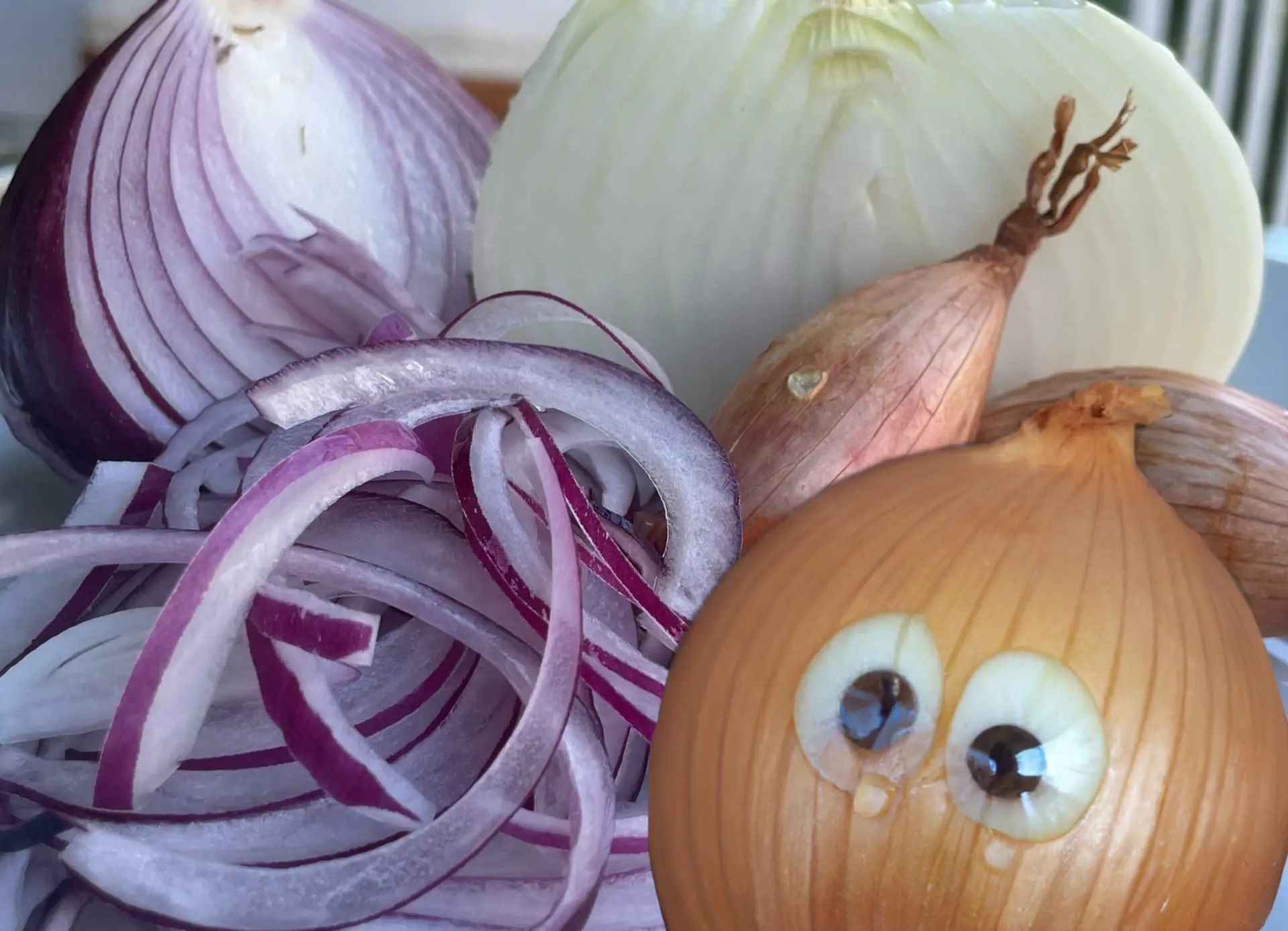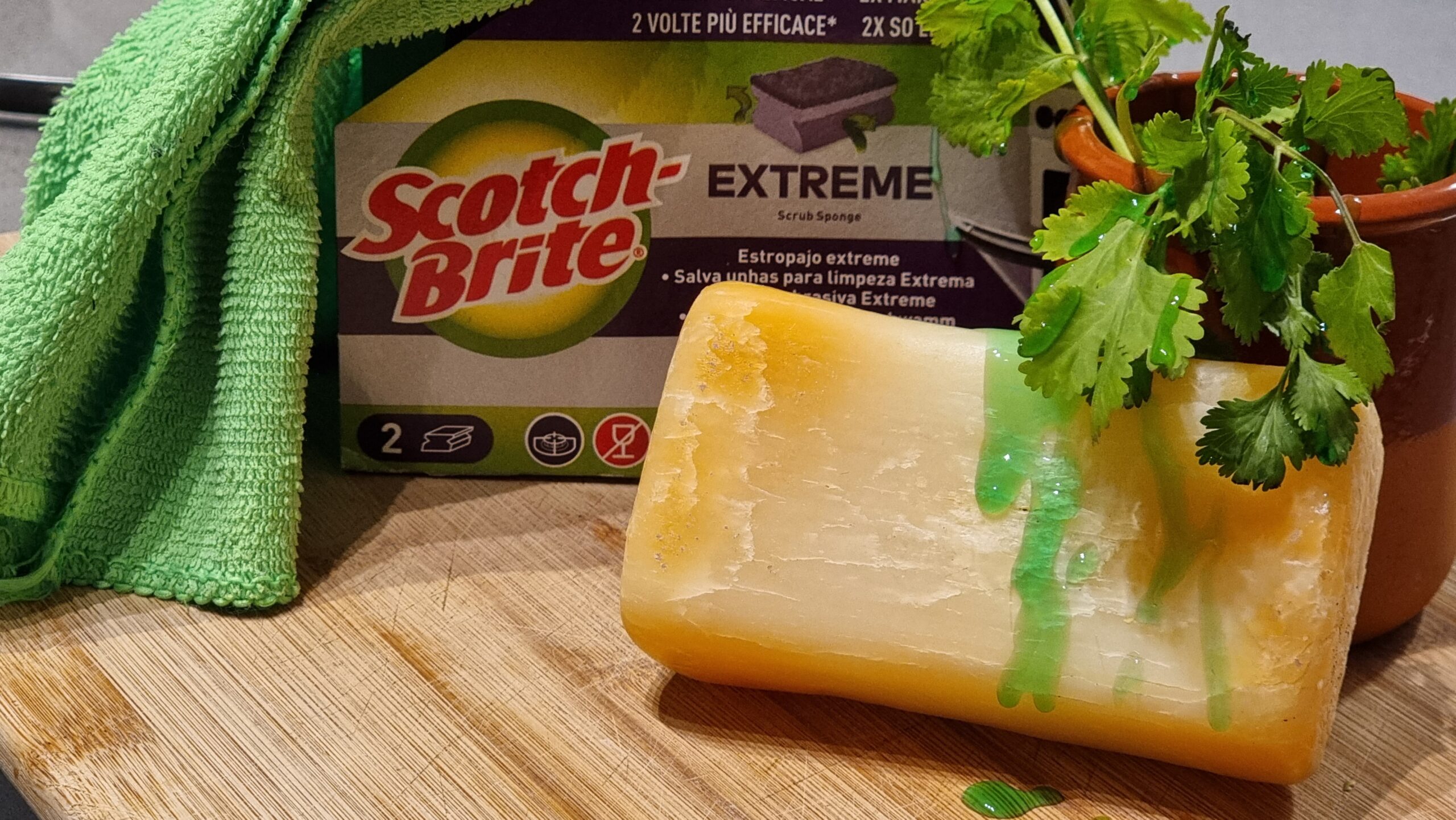What is Gluten? How DOES IT WORK?
There is a lot of confusion going on around what gluten is. There are people who avoid it just because their gym instructors asked them to do so (here are Jimmy Kimmel’s views on it). Moreover, there are innumerous lores that are passed on in bakeries all around the world. I think understanding it on a deeper level could help us clear our conscience, and form our own opinions and preferences as to what it is that we eat almost every day (except those who claim to be coeliacs).
Gluten is a class of proteins that is found in grains such as wheat, rye, spelt, barley, etc. In medical literature, any grain-based protein that can trigger celiac disease is considered to be gluten, which is subdivided into prolamine and glutenin. But strictly speaking, wheat, which is our point of interest here, has two classes called glutenin (insoluble in aqueous alcohols) and gliadin (soluble in aqueous alcohols). Both of them consist of numerous, partially closely related protein components characterized by high glutamine (remember MSG? That is one of the reasons why gluten is widely used as a meat protein substitute) and proline contents (Herbert Wieser, 2006).
It is of utmost importance in bread making, as we all might have already heard. Although the starting ingredients of bread are almost similar to those of a cake, it’s the process and conditioning of the mixture that makes the difference and gives us the desired product. It is hard to imagine a bread that is as soft as a cake and I’m pretty sure that none will enjoy a chewy and rubbery cake.
Now we all must have read or heard or studied (culinary school graduates?) that when we knead a dough we “form” gluten. Let’s understand how this statement is utterly wrong. As mentioned above, gluten is a protein and we can’t form a protein as such (unless you are wheat) but what we do is that we make such movements and handle the flour with water in such a way that those proteins join together to form a network which will trap gases, give a structure to the product, make the product more palatable and light, etc. So I believe that the statement must be corrected to “we form a gluten network”.
This network is brought to life by the hydration of gluten proteins. Once again, we’re taught that kneading develops the network which is almost misleading. Kneading does help the proteins to get hydrated faster (which is the base of the no-time dough-making process) and helps the even distribution of water throughout the mixture or dough but it is not really necessary (as you can see here). As soon as we add water to the dough the formation of the network starts wherein the monomer (molecules that form long chains through polymerization) glutenin form intermolecular disulfide bonds to form chains. The smaller gliadins form intramolecular disulfide bonds and have little elasticity and are less cohesive than glutenins; they contribute mainly to the viscosity and extensibility of the dough system (Herbert Wieser, 2006). As mixing continues and the dough forms, the gluten chains become numerous and elongated. The network continues to strengthen during resting as well as the level of hydration of proteins increases and more links are formed. During bulk fermentation, bakers periodically turn or fold the dough over to organize those strands which give the dough integrity to hold the CO₂ or other gases produced through fermentation or other leaveners and water vapors during baking.
There are also inhibitors of this gluten network. The most famous one is fat, which works by coating the protein molecules and impeding them to form those disulfide bridges. The other ones are enzymes called proteases (protein-snipping enzymes), found in very small quantities in wheat flour, that break down the disulfide bonds of the gluten network by reduction which fundamentally changes the rheological properties of the gluten and the obtained product is not cohesive and has no elastic properties (R. Lásztity, 1968). That is the reason why almost every commercial bread bakery uses oxidizing agents during the mixing process, they help in the reformation of gluten networks in the later stages (after proofing) of the dough handling and give the dough more strength and extensibility by reacting with the sulfur-containing amino acids and make them form disulfide bonds more readily, to understand at a more chemical level continue reading on this link. The benefits of adding these agents are reduced mixing time, reduced dough elasticity, reduced proofing time, and improved machinability (Hui et al, 2008).
Basically, time is the tool that we can use to measure our dough’s capabilities. The more time the flour and water spend together higher will be the hydration and more will be the number of connections thus formed. Also, the longer mixing time will also increase hydration by forcing the water into the flour, but don’t over-mix (coming soon, maybe?).
References
Hui, Y. H., Corke, H., De Leyn, I., Nip, W. K., & Cross, N. A. (Eds.). (2008). Bakery products: science and technology. John Wiley & Sons.







